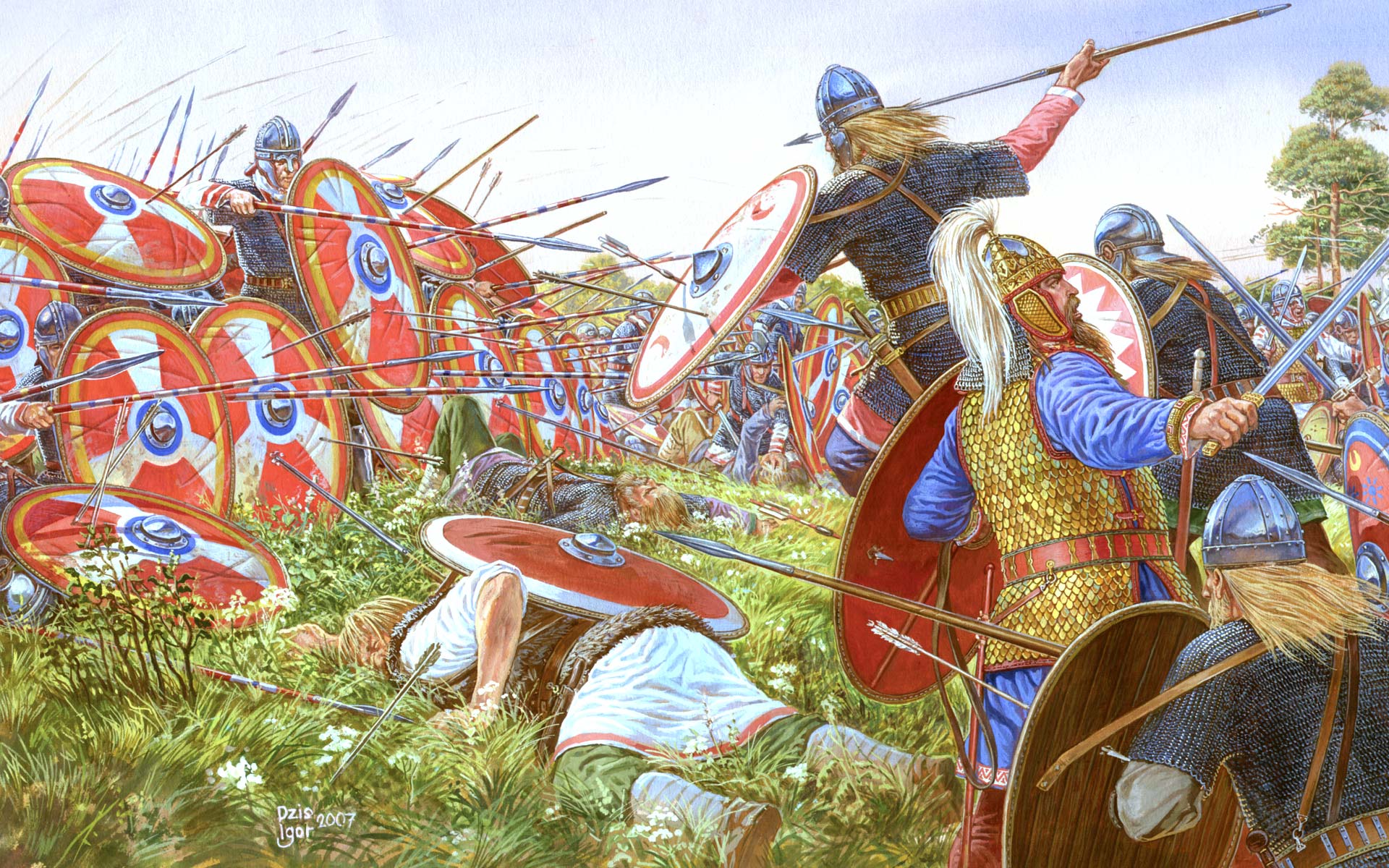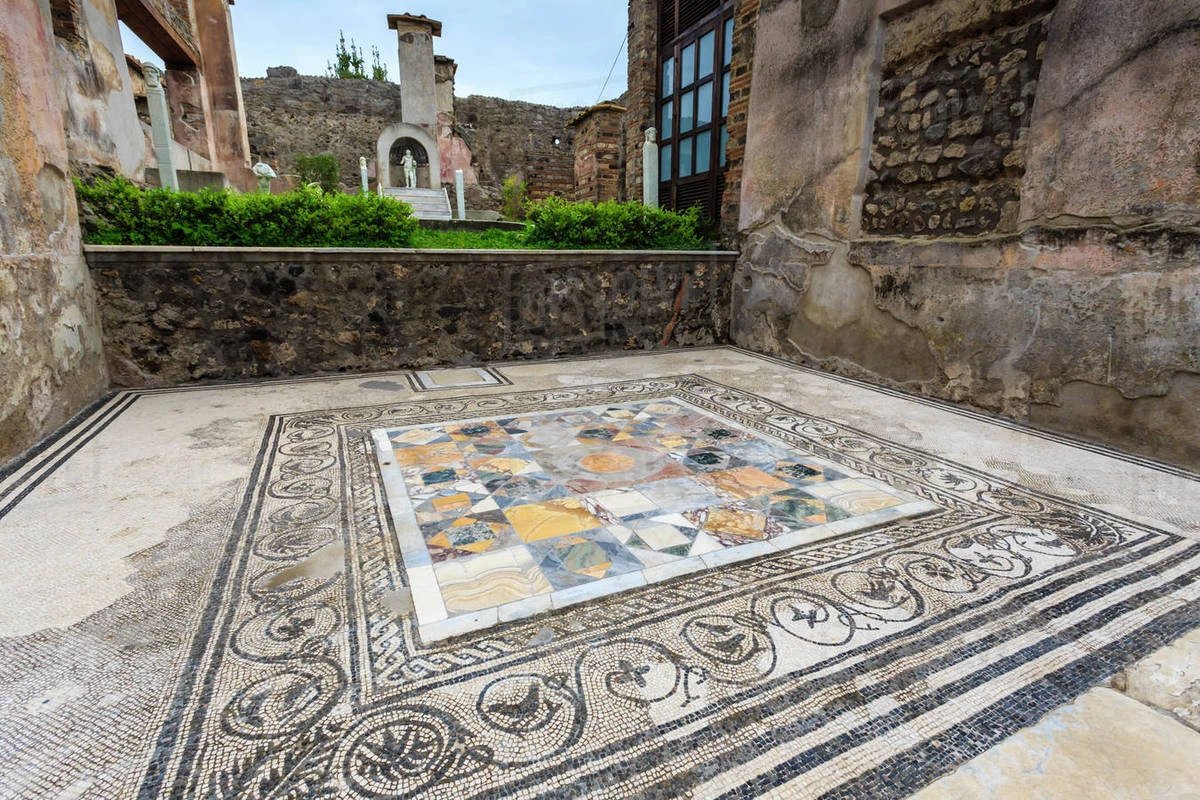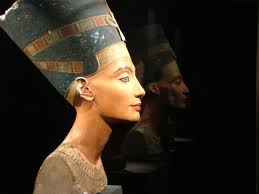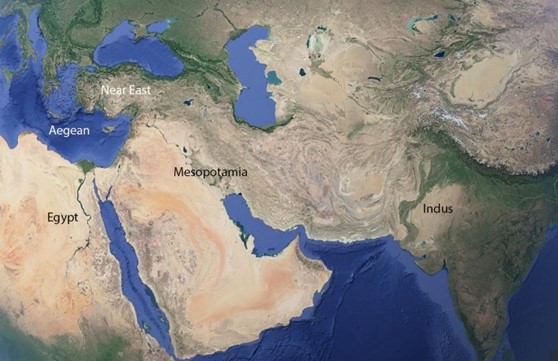

When it comes to best/worst ancient Greek stories of ancestral sin, the competition is tough. There are so many to choose from! Nonetheless, I’d champion two for the top prize.
Tie for number one is the House of Cadmus.
Poor Cadmus, all he did was slay a dragon and found the city of Thebes... which is usually a good thing! That’s the stuff of heroes, right? Except this dragon (unbeknownst to Cadmus) was sacred to Ares. This resulted in a family curse that would include the Minoan king’s wife falling in love with a bull (producing the Minotaur), Dionysus’ mother being blown to smithereens, and perhaps most famously, Oedipus killing his dad and hooking up with his mom.
Enough fodder to fuel Freud’s dreams for several lifetimes…
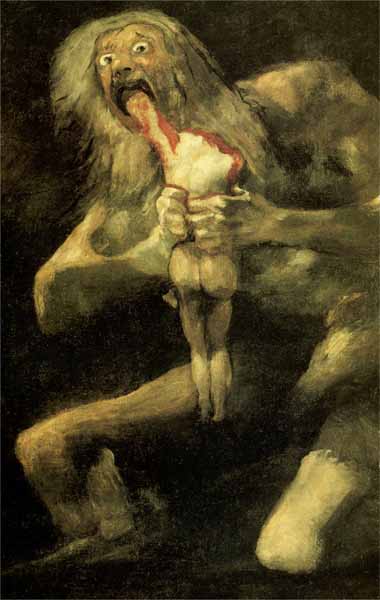
Titans of Greek Mythology
Okay, today we are talking about the Titans of Greek mythology.
Now, of course there are a lot of sources when it comes to discussing ancient Greek mythology, but we are going to use Hesiod’s Theogony, which is sort of like the Bible of the ancient Greek world.
So first, what is a Titan? Titans are the children of Uranus (Heaven) and Gaia (Earth). According to Hesiod, there were 12 original Titans: the brothers Oceanus, Coeus, Crius, Hyperion, Iapetus, and Cronus and the sisters Thea, Rhea, Themis, Mnemosyne, Phoebe, and Tethys.
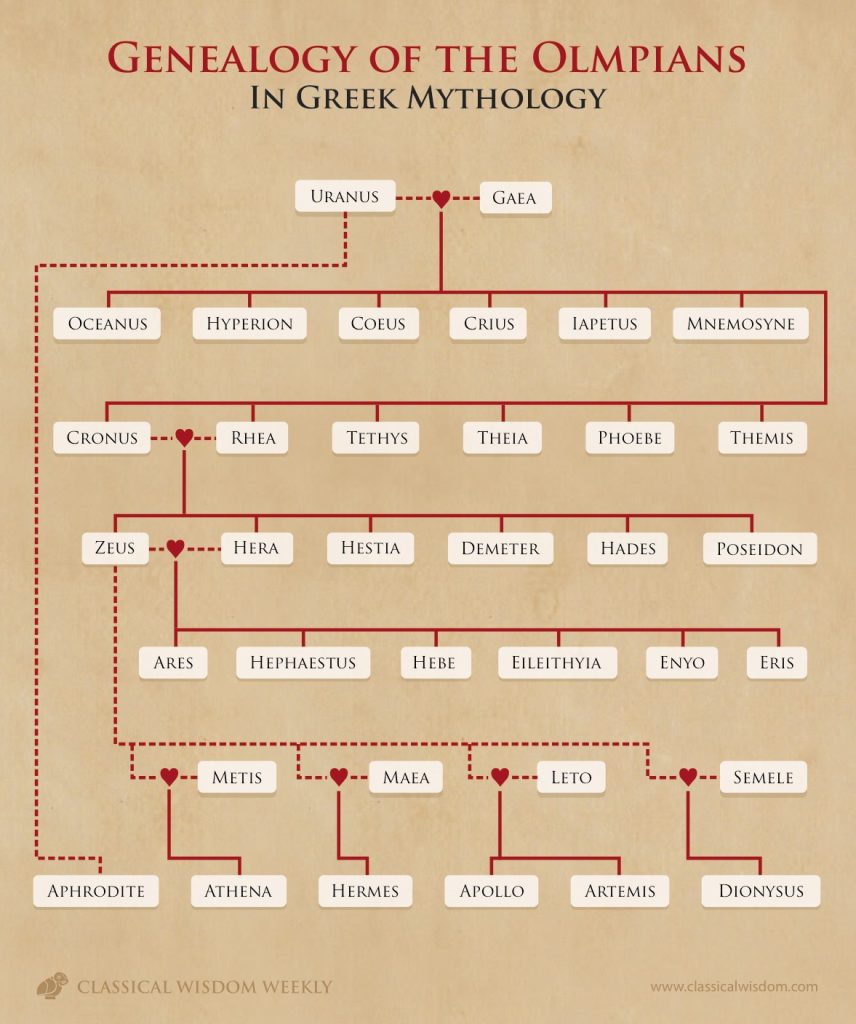
As all Greek mythology goes, the Titans have a pretty dramatic tale, filled with violence, revenge and punishment… and it all started with mother earth (Gaia) who encouraged her children to rebel against their father after he had shut them up in the underworld (Tartarus).

Ancient Philosophy As a Way of Living: Cynicism
By Jacob Bell, Contributing Writer, Classical Wisdom
I’ve made some rather strange and unexpected decisions that fall outside of the social and economic norms of our 21st century. The American Dream, at least for me, is dead… and in a way, I may be loosely following the Cynic dream instead. I say loosely because the Cynics of Ancient Greece were a very radical group.
The school of philosophy known as the Cynics emerged sometime around the 5th century B.C.E., and began to fade out nearly one thousand years later, in the 5th century C.E. The Cynics played an important role in influencing several other schools of philosophy, such as the Stoics, who adapted and evolved many of the core tenets of Cynicism (and left out much of the craziness, such as public defecation…)
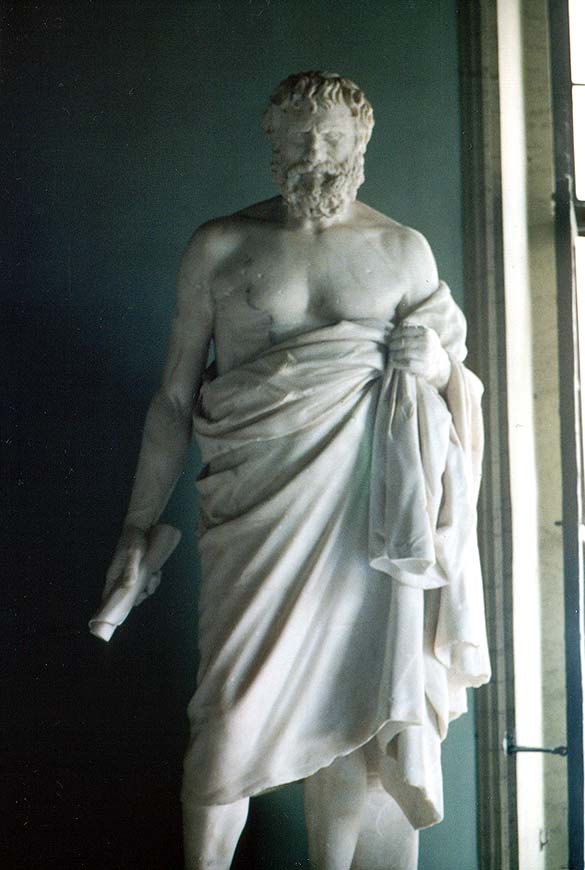
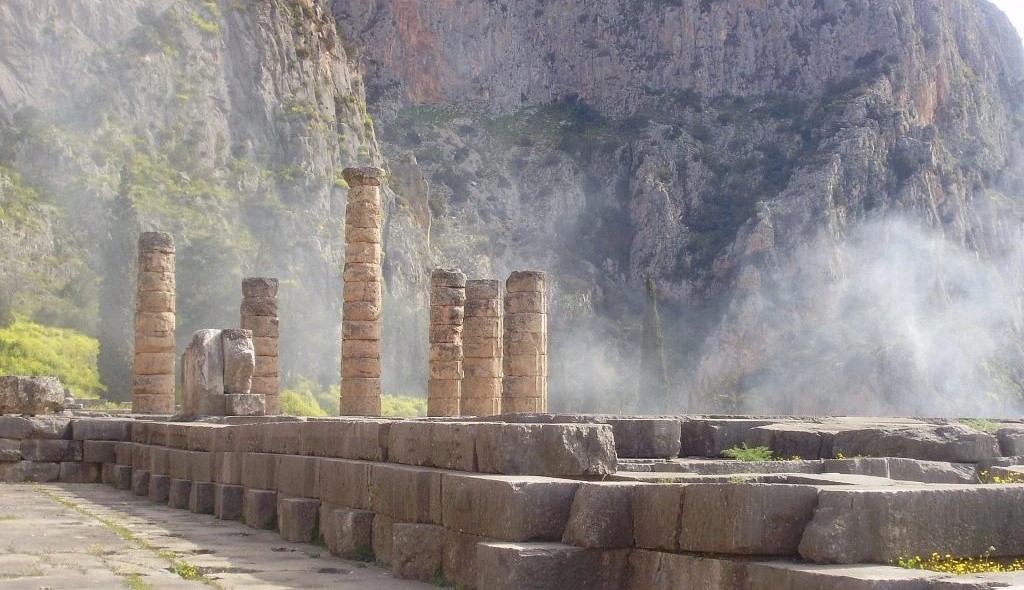
The Oracle of Delphi: More than a legend
By Mónica Correa, Contributing Writer, Classical Wisdom
Centuries ago, from every corner of the Mediterranean, people traveled to Greece to get answers about their life and future by the Oracle of Delphi. It was there that the god Apollo, through different women named Pythia chosen by local priests, sent his messages to those who needed them… as well as to those who could afford them. This was how it happened for the 12 centuries the oracle was active.
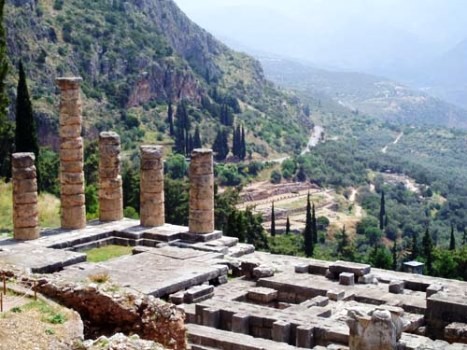
How was life at Delphi?
Delphi, along with Olympia and Nemea, was considered an inter-urban sanctuary but also a pan-Hellenic sanctuary: “they were located away from major cities, although they were under the administrative control of their nearby city-states or amphictyonies, they had an aura of neutrality”.
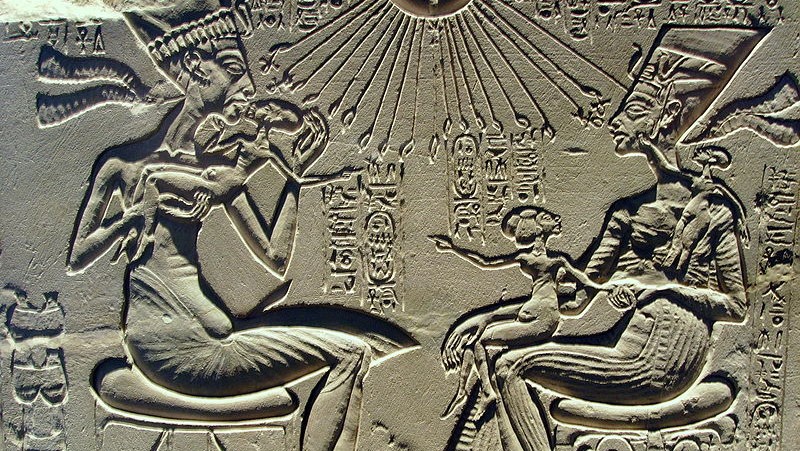
Walk Like an Egyptian: Early Greek Art
It easily falls into the ‘conspiracy’ category – but that doesn’t mean it isn’t a fun story to tell.
We are all taught that empires rise and fall and that every new beginning comes from some other beginning’s end. Ancient Greece and Ancient Egypt were no exception. The year was 1336 BC and the Egyptian Pharaoh, Akhenaten, had just died.
Akhenaten was a strange Pharaoh who shook many of the essential foundations of Ancient Egyptian culture. For one thing, Akhenaten was a monotheist. He only believed in Aten, a Ra-like sun God, a fact that drives some scholars to debate whether he is a founding father of judaism.
Akhenaten was also a romantic, conferring unusual, elevated status to his wife, the famed beauty Nefertiti. He also may have had a strange syndrome or disability which he passed on to his children… something that may have resulted in the early death of his son, Tutankhamun or King Tut.
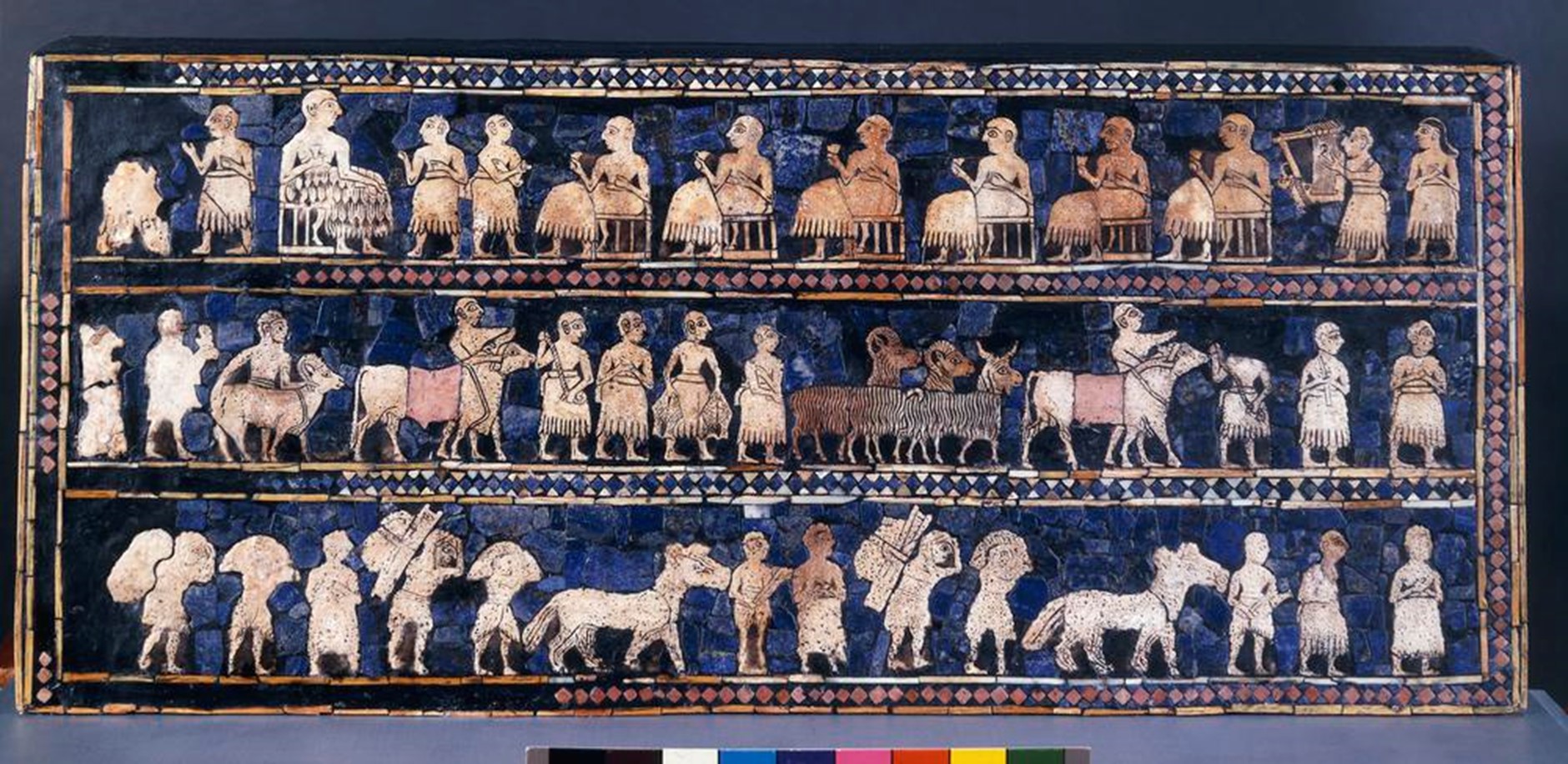
A Biography of Lapis Lazuli: A journey through the Bronze Age
by Danielle Alexander, Contributing Writer, Classical Wisdom
The immense trade routes of the ancient world allowed for substantial amounts of wealth, knowledge, innovations and mythological tales to traverse vast distances. Cultures often adopted items and ideas from far-away lands and repurposed them for their own needs. The semi-precious stone lapis lazuli was a highly sought-after item in the Bronze Age (c. 3300 BC – 1200 BC) trade networks, imbued with divine significance and symbolism.
Classicist R. Drew Griffith believes that lapis lazuli gained such an enchanting status due to its bright blue colour that mimicked the sky, the home of the gods: “brilliant by day, and deep blue flecked with stars by night” (Griffith, 2005:333). This view of lapis lazuli is identified throughout the Eastern Mediterranean, Egypt and Mesopotamian regions during the Bronze Age, but did this divine attribution appear independently across the cultures, or is lapis lazuli an example of how deeply trade networks can influence cultural hybridity and interconnectivity?
Lapis Lazuli: the Stone of the Sky


